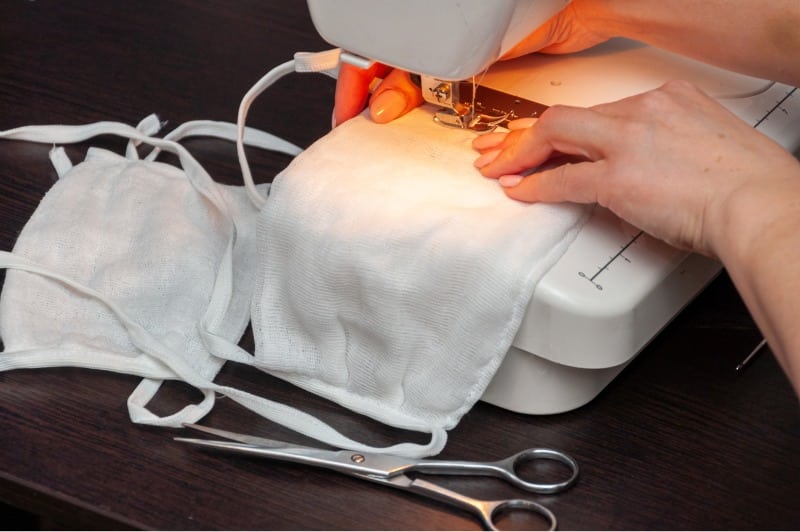Reality and the Virus: Mask Production Jumps 500x
Of the many business developments related to the COVID-19 epidemic, none has been more dramatic than the demand for medical-grade masks. The drive to meet the global need has created a supply surge in China unlike anything in the past decade, ending in a new, multi-nation industry.

Before the crisis, manufacturers in China were supplying roughly 20M masks per day. With the epidemic, the manufacturing capacity in China increased to over 100M per day in March. The global pandemic spawned a business opportunity with booming demand.
With such an opportunity, reality rapidly takes over. In China, the price of masks has escalated. It is now more than 3 to 4 times what it was before the epidemic. Quality has also become an issue. New manufacturers have joined the business, some without the proper certification.
Foreign buyers have fallen foul of speculators and illegal manufacturers. Foreign governments and private businesses have increased the tension with panic purchasing, driving the price of masks still higher.
Negotiation and payment does not end the story. Now you have to get them from China to your country. But there is no transportation.
The collapse of the passenger airline business means there are very few regular flights for cargo. What flights there are may be subject to wartime requisition regulations imposed by importing countries, confiscating masks transiting their airports.
The alternative is to charter a cargo plane – at a very steep price. Chartering a plane just for masks during “peace time” is insane, given the low added value and big volume. Now in “war time”, it is justified by horrendous pricing. Half of the mask’s value (landed in Europe) is made of transportation costs.
Other restrictions can arise. Alternative exporting through Hong Kong – a Special Administrative Region — is not possible since Chinese customs refuse to release masks going to Hong Kong. They are apparently afraid it would supply masks to the students who would then demonstrate again.
At the end of March, the supply panic is at its peak. Several cases of sub-standard Chinese equipment are made public in Europe. China reacts swiftly by imposing a ban on all manufacturers of face masks who are not properly registered. It is a good measure, but the list doesn’t include many new manufacturers.
Customs also acts to restrain the outflow, adding another shock to the supply chain on top of the challenges of procurement and transportation.
As we advance through April, rationality is returning and many countries have found their way to manufacture these essential products by themselves. Most European countries have a strong textile industry and thus raw materials.
With the mounting economic pains, workers are available to do the job locally, the opportunities now confront local entrepreneurs and a new virtuous cycle is born!
EDITOR’S NOTE
Eric Bouteiller is leader of the Life Sciences & Health Practice at Cornerstone, based in Beijing. He has been working pro bono on behalf of the French Chamber in China to coordinate the sourcing of masks and medical equipment much needed in France and Europe. Contact: eric-bouteiller@cornerstone-group.com for additional information.


